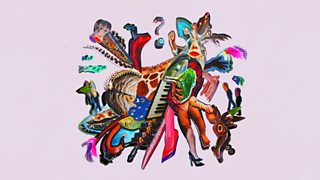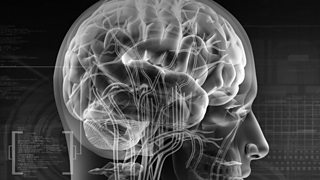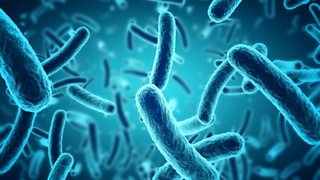Is your cat making you a bad driver?
Humankind can learn a lot from nature. Our planet's wildlife provides moral and scientific advances that ceaselessly enrich our species. But then, sometimes, nature makes us ask questions we never knew we needed the answer to. Enter Radio 4's Naturebang, the programme where science meets storytelling with a philosophical twist. Here, presenters Becky Ripley and Emily Knight bring us the five weirdest questions they've found themselves pondering while working on the show.
1. Is your cat making you a bad driver?
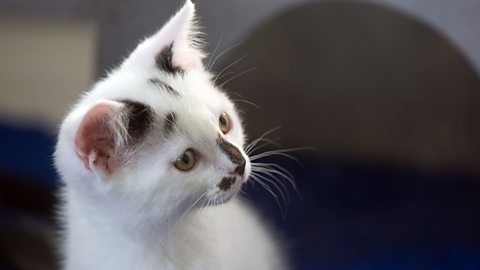
Is your cat making you a bad driver?
How a mysterious cat-borne parasite might be affecting your brain.
Parasites really are the stuff of horror movies. They invade our bodies and minds, making us do things we’d never normally do, making us irrational, risky, more gregarious or even giving us serious mental health problems.
Up to 60% of people in the United States are infected without knowing it.
One such parasite is called Toxoplasma gondii, and although it often infects rats, it really needs to get into the gut of a cat in order to reproduce. So how does it do that? It gives the rat a terrible condition, known as ‘fatal feline attraction’. Rats lose their innate fear of cats – some of them are even aroused by the smell of cat pee – run towards them, and usually meet a grisly fate.
Thing is, Toxoplasma also effects humans. Up to 60% of people in the United States are infected, without knowing it. We’re not at risk of being eaten by cats, but the infection does make us less risk-averse and more likely to have accidents. People with a Toxoplasma infection are 2.5 times more likely to get in a car accident. But if you try and blame your moggy for your latest fender-bender, we don’t think it would stand up in court!
2. Should we be cheating on our partners?
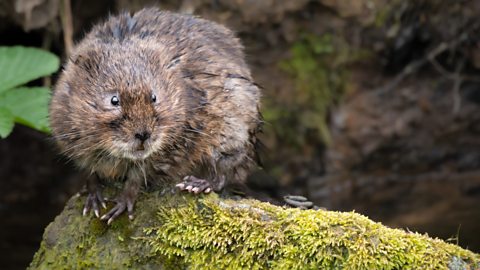
Should we be cheating on our partners?
Voles might hold the answer.
There’s a tiny rodent, not much bigger than a satsuma, which has given us some amazing insight into why we fall in love, AND why we sometimes cheat.
Prairie voles and human beings are both primed to become addicted to our partners.
The prairie vole is a monogamous species. The males and females pair up, form a life-long bond, make a nest together and spend every night snuggling with each other. When the babies are born both mum and dad work together to give them the best start in life. Their very close cousins, the meadow voles, show no such instinct – mating is brief, and mum is left to raise the babies alone.
The difference is all in the brain. The faithful little prairie voles have receptors for powerful bonding chemicals, like oxytocin and vasopressin, in the areas of the brain associated with addiction. The meadow voles don’t. And humans? Yep, we have them too. Prairie voles and human beings are both primed to become addicted to our partners – a heady, overpowering feeling we call love.
But there’s a catch. Prairie voles might be socially monogamous (they don’t nest with anyone except their partners). But, turns out, they’re not sexually monogamous at all. Both males and females will mate with other partners, and sometimes the babies they’re raising don’t biologically belong to the ‘dad’ that raises them.
If we’re taking lessons from the voles (and why not?) perhaps we should see "cheating" in a more sympathetic light. Ethical non-monogamy, or polyamory, is on the rise in recent years. Could polyamorous people be a bit more "prairie vole" than monogamous people?
3. Why do we move like birds?
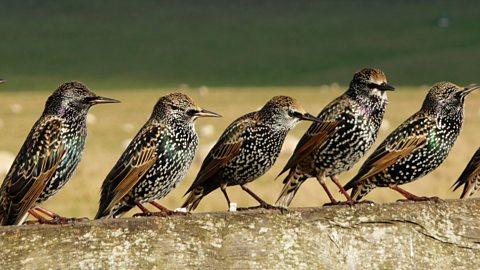
Why do we move like birds?
The strange phenomenon making humans flock like starlings.
If you’ve ever been lucky enough to see a starling murmuration, you’ll know about the beautiful, mesmerising shapes they make in the sky. It’s a miracle they don’t bump into each other! Well, actually, it’s not a miracle, it’s MATHS. Starlings fly according to some strict rules, and decide which way to turn in a fraction of a second, based on the seven starlings that are physically closest to them in the flock.
When you think about how WE interact with one another, we follow rules that are actually surprisingly similar. We follow those closest to us too – not physically closest, but most similar to us. The closest someone is to you (in age, race, income level, education, employment, or even just a similar taste in music), the more influence they are likely to have over you. This is most obvious when you look at social media networks, where we’re connected to people all over the world. Just like a ripple moving through a cloud of starlings, ideas can spread through social media networks with blistering speed. And the more connected you are, the more influential you can be.
4. Could we ever teleport?
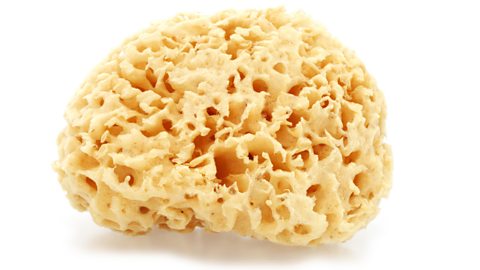
Could we ever teleport?
How sponges might make you question interstellar travel.
We can't currently teleport. Sorry to burst that bubble. But imagine if we could.
You’d step into the teleportation machine and then all the atoms of your body – every cell, every neuron, your muscles and bones and nerve endings, all of it! – would be encoded as data and flung across the galaxy. At the other end, you’d be reassembled. All your personality, your memories, everything that makes you you, would wake up on the other side. But did the machine actually transport you, or did it kill you and make a new version with the convincing illusion of being you?
This may sound like pure science fiction, and for humans, it is. But not for the humble sea-sponge. We may think of them as "simple" animals, with no brain, no nerves and no organs, yet they have a pretty amazing trick up their sleeves. You can dissolve a sponge into a cloud of individual cells, pour those cells into a tank and watch as the cells reform themselves back into a sponge. But is it the same sponge as it was before?
5. Are cities actually jellyfish?
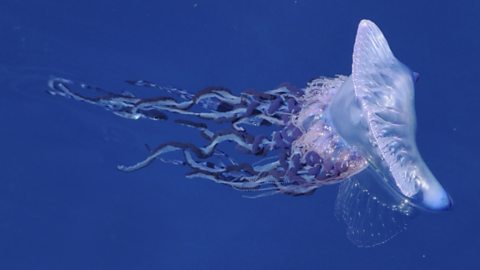
Are cities jellyfish?
Why our society closely resembles a marine hydrozoan.
Okay, the Portuguese man o’war is not technically a jellyfish, but it looks like one. A squashy see-through body, with long trailing tentacles. It’s a thing called a siphonophore, and it’s classed as an animal – an individual creature like you and me. But look a little closer and you see that it’s actually a community of tiny individual animals, called polyps. They work together: some do the hunting, some do the eating, others do the navigation and a select few get busy with the breeding. They share a digestive system and travel the ocean together. They can’t survive alone.
Perhaps our whole society is like one large animal, bigger than all of us, that will outlive us all.
Now think for a second about our own busy, bustling cities. Each of us does something to contribute to the whole, and we all work together to provide for everyone. We like to think we’re self-sufficient and independent, but perhaps we are actually just like polyps in a gigantic, living, breathing superorganism. Perhaps our whole society is like one large animal, bigger than all of us, that will outlive us all.
All five episodes of Naturebang are available to listen to now on 成人快手 Sounds.
More from Radio 4
-
![]()
Naturebang
The mystery and astonishing complexity of the natural world.
-
![]()
How can you re-programme your brain?
Are we able to rewire and re-programme our own mind and control our own destiny?
-
![]()
Eleven fascinating facts about the gut
A journey through the bowels of history to work out how we can help the gut do its job.
-
![]()
Eleven pawsome facts about dogs
Who's a good boy? We have the answer.
